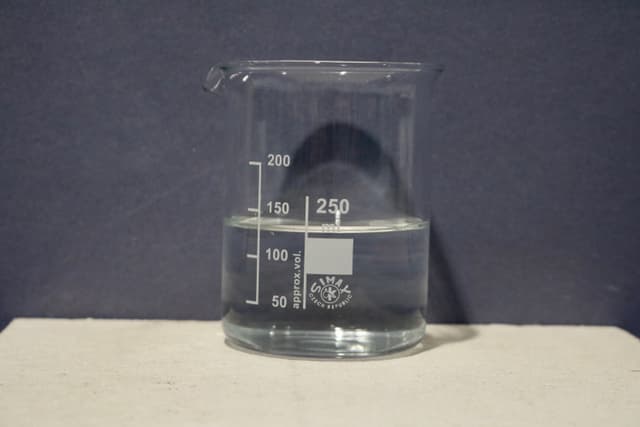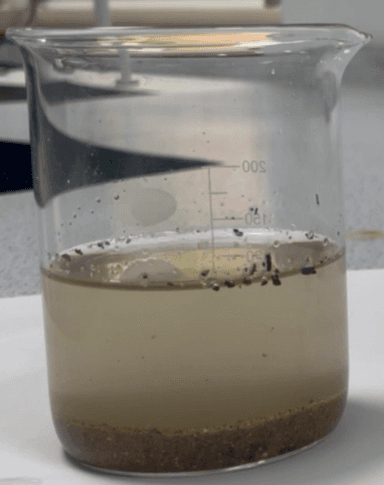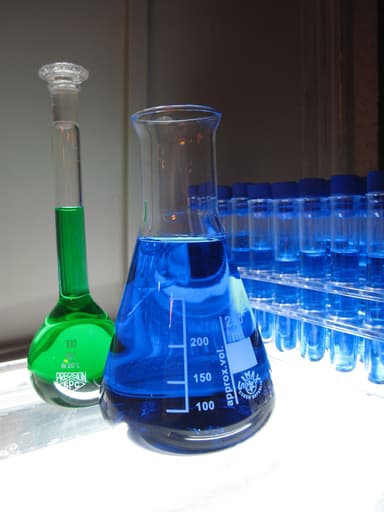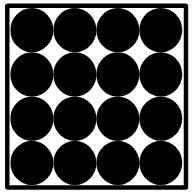Solutions
I can explain how solutions are formed and how to use state symbols in equations.
Solutions
I can explain how solutions are formed and how to use state symbols in equations.
These resources will be removed by end of Summer Term 2025.
Lesson details
Key learning points
- A solution is a type of mixture made of a solvent and a solute.
- Solutions form due to a solute dissolving in the solvent.
- Solubility is a measure of how well a chemical dissolves (soluble/insoluble).
- Many substances can act as a solvent; however, water is the most common.
- State symbols are used to identify the three states of matter and aqueous solutions in chemical equations.
Keywords
Solute - A solute is a substance that has dissolved into a solvent.
Solvent - A solvent is a liquid into which a solute dissolves.
Soluble - When a substance dissolves in a solvent, it is described as soluble in that solvent.
Insoluble - A substance that does not dissolve in a particular solvent is described as insoluble.
State symbol - A state symbol is used in chemical equations to indicate the physical state of a substance.
Common misconception
Some think that because a solute can no longer be seen, or that a solvent becomes coloured when a solute dissolves, that the creation of a solution is a chemical change.
Create a salt solution, then evaporate the water (leaving salt crystals) to demonstrate that the salt and water have not chemically combined and therefore dissolving (to create a solution) is a physical change.
To help you plan your year 10 chemistry lesson on: Solutions, download all teaching resources for free and adapt to suit your pupils' needs...
To help you plan your year 10 chemistry lesson on: Solutions, download all teaching resources for free and adapt to suit your pupils' needs.
The starter quiz will activate and check your pupils' prior knowledge, with versions available both with and without answers in PDF format.
We use learning cycles to break down learning into key concepts or ideas linked to the learning outcome. Each learning cycle features explanations with checks for understanding and practice tasks with feedback. All of this is found in our slide decks, ready for you to download and edit. The practice tasks are also available as printable worksheets and some lessons have additional materials with extra material you might need for teaching the lesson.
The assessment exit quiz will test your pupils' understanding of the key learning points.
Our video is a tool for planning, showing how other teachers might teach the lesson, offering helpful tips, modelled explanations and inspiration for your own delivery in the classroom. Plus, you can set it as homework or revision for pupils and keep their learning on track by sharing an online pupil version of this lesson.
Explore more key stage 4 chemistry lessons from the Separating substances unit, dive into the full secondary chemistry curriculum, or learn more about lesson planning.

Licence
Starter quiz
6 Questions









Exit quiz
6 Questions
solid
liquid
gas
dissolved in water


